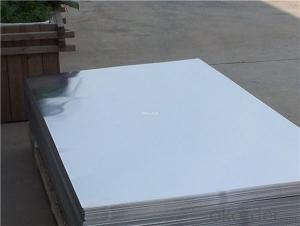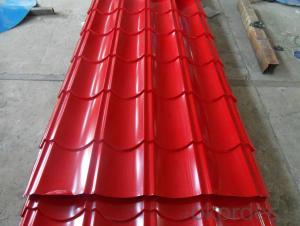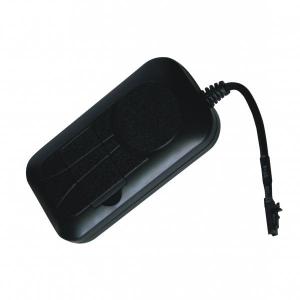Best Inverter Solar
Best Inverter Solar Related Searches
Best Paint For Stainless Steel Best Inverter For Solar System Solar Panel Inverter For Home Best Inverter For Solar Panels Best Solar Inverter For Rv Bending Machine For Pvc Profiles Micro Inverter For Solar Panel Best Glue For Aluminum Foil Pvc Foil For Mdf Plastic Wall Coverings For BathroomsHot Searches
Type Of Inverter For Solar Price Of Shipping Containers For Sale Types Of Inverter For Solar Used Sandwich Panel For Sale Bags Of Cement For Sale Pvc Chairs For Sale Tilt Panel Props For Sale Types Of Temporary Side Panels For Cement Deck Cost Of Awnings For Decks Type Of Scaffolding With Pdf Price Of Scrap Stainless Steel Price Of Stainless Steel Scrap Price Of Stainless Steel Type Of Stainless Steel Best Solar Inverter In China Types Of Stainless Steel Grades Types Of Stainless Steel China Aluminum Coil Factory pvc pipe manufacturers in usa Sandwich Panel Price In IndiaBest Inverter Solar Supplier & Manufacturer from China
Okorder.com is a professional Best Inverter Solar supplier & manufacturer, offers integrated one-stop services including real-time quoting and online cargo tracking. We are funded by CNBM Group, a Fortune 500 enterprise and the largest Best Inverter Solar firm in China.Hot Products
FAQ
- PV grid-connected inverter and independent inverter in the control of what is the difference
- The independent inverter in the output voltage phase amplitude of the frequency control is initially set good. Independent inverter, you should refer to off-grid inverter, do not need to consider the grid situation.
- The role of a solar inverter in a utility-scale system is to convert the direct current (DC) electricity produced by solar panels into alternating current (AC) electricity that can be used by the utility grid. In addition to this basic function, a solar inverter also monitors and controls the performance of the solar panels, ensures maximum power generation, and provides safety features such as grid synchronization and protection against voltage fluctuations.
- Shading can significantly impact the performance of a solar inverter as it reduces the amount of sunlight reaching the solar panels. This leads to lower energy production and decreased efficiency of the inverter. Shading can cause imbalances in the overall system, resulting in reduced power output and potential overheating of the inverter. Additionally, shading can lead to the activation of safety mechanisms within the inverter, such as Maximum Power Point Tracking (MPPT) algorithms, which further decrease its performance. Therefore, avoiding shading or implementing shading mitigation techniques is crucial for maximizing the performance of a solar inverter.
- The working principle of photovoltaic grid - connected inverter
- In the small-capacity inverter generally push-pull inverter circuit, full-bridge inverter circuit and high-frequency step-up inverter circuit three, push-pull circuit, the step-up transformer neutral plug connected to the positive power supply, two power Alternating current, the output to get AC power, due to the power transistor to ground, drive and control circuit is simple, and because the transformer has a certain leakage inductance, can limit the short circuit current, thus improving the reliability of the circuit. The disadvantage is the low utilization of the transformer, driving the emotional load is poor.
- A solar inverter handles fluctuations in solar panel output by constantly monitoring the incoming DC power from the panels and adjusting its own output to match the required AC power demand. It utilizes Maximum Power Point Tracking (MPPT) technology to optimize the energy conversion process, ensuring that the inverter extracts the maximum power from the solar panels even if the output fluctuates due to factors like shading or varying sunlight intensity. This allows for a stable and reliable power supply to the electrical grid or connected devices.
- Yes, there are ongoing maintenance requirements for a solar inverter. Regular inspections, cleaning, and monitoring of the inverter's performance are necessary to ensure its optimal functioning. Additionally, checking for any loose connections, updating firmware, and addressing any potential issues promptly are part of the maintenance routine.
- Yes, a solar inverter can be used with a solar-powered pool heating system. A solar inverter is responsible for converting the DC (direct current) power generated by solar panels into AC (alternating current) power that can be used by household appliances or fed back into the electrical grid. In the case of a solar-powered pool heating system, the solar panels generate DC power, which is then converted by the inverter into AC power to operate the pool heating system.
- When choosing the right solar inverter for your system, there are a few key factors to consider. First, determine the size and capacity of your solar panels to ensure compatibility. Next, consider the type of inverter you need, whether it's a string inverter, micro inverter, or power optimizer. Additionally, assess the efficiency and reliability of the inverter, as well as its warranty and after-sales support. Finally, consider your budget and any specific features you may require, such as monitoring capabilities or grid connectivity options. It's important to research and compare different models to find the one that best fits your specific solar system needs.















































